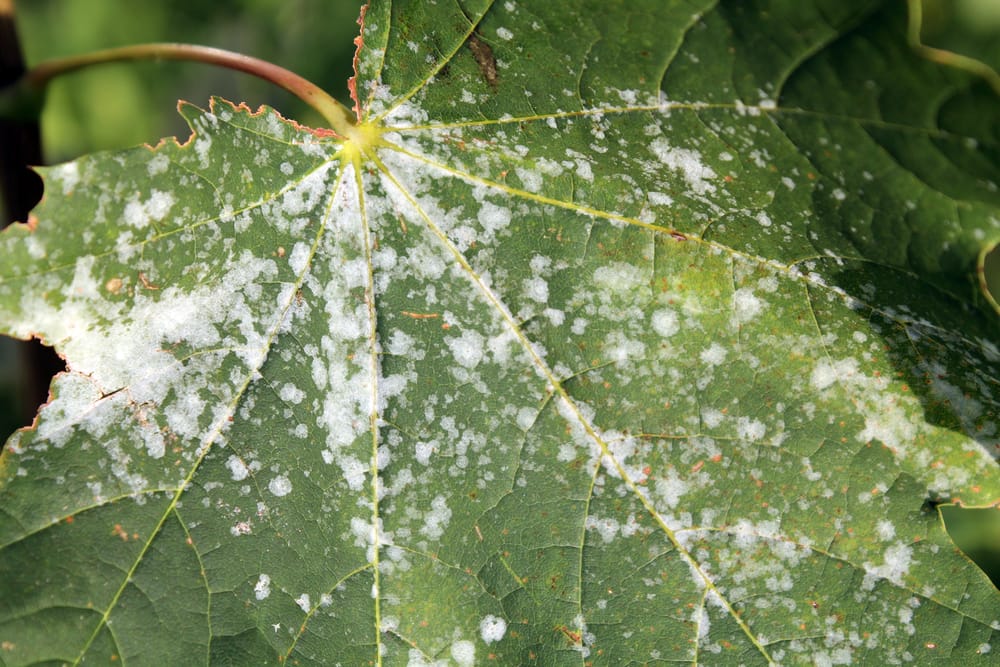Everyone knows that routine maintenance is a must, especially on commercial properties. However, what people do not realize is how many different pieces of the landscape require such maintenance. Turf is essential if you even have any at your Arizona home. Hardscapes just need some general cleaning, and flowers must be watered, and maybe pruned. What people often overlook are trees. These big brutes are assumed to take care of themselves, and mostly they do. They just need to be fertilized and watered when planted and pruned occasionally to manage growth. If not, they can take on diseases or pests. If they do recognition must be quick, or you can say goodbye to the tree. In this blog, we will help you determine if your trees are infested.

What is a Tree Infestation?
Any disease that causes harm to the health of the tree and its foliage can be considered an infestation. The cause can be anything, from a fungus to a pest. However, there are hundreds of diseases a tree can take on, albeit some more common in this particular area. Some easy examples are powdery mildew and rust disease. In terms of pests, there are aphids and bark beetles. Anything damaged by these sources can be considered an infestation, especially when it sticks around.
Common Infestation Symptoms
If you are here reading this blog, titled “Are Your Trees Infested?”, you probably have something awry with your tree, wondering if it is an infestation. The first thing to look for is discoloration, and this can be on any part of the tree. This could be the needles of a pine turning brown, or leaves yellowing. It can also be the bark of the tree. Decay is next up, which can also affect anything, but mostly foliage. You will see this begin to weaken branches and create dark spots on leaves. In terms of powdery mildew, it will specifically create a white fungal powder on the leaves. For our most common pest, bark beetles, the combination of symptoms can be pretty severe. Loose bark will be tunneled under, and reddish brown dust will indicate the death of the attached bark. Needles will also turn yellow or red. These critters love the bark, just like their name would suggest. They even reproduce underneath the bark!

Treating an Infestation
Alright, let us assume that you have identified one of the aforementioned symptoms, and called a professional to come to take a look. Yes, this is a necessary step as you cannot perform treatments alone. If confirmed, the next step is to identify the proper chemical treatment, whether that be with a pesticide or fungicide. Then, the professional arbor care team you enlist can rid your tree of the ailment. Who knows, you could get lucky and the symptoms are totally natural, going away on their own.
We design, build and maintain fully functioning yards that meet our clients’ needs and exceed their expectations through quality, integrity, efficiency, teamwork, and relationships. Give us a call at (928) 830-4061 today.

